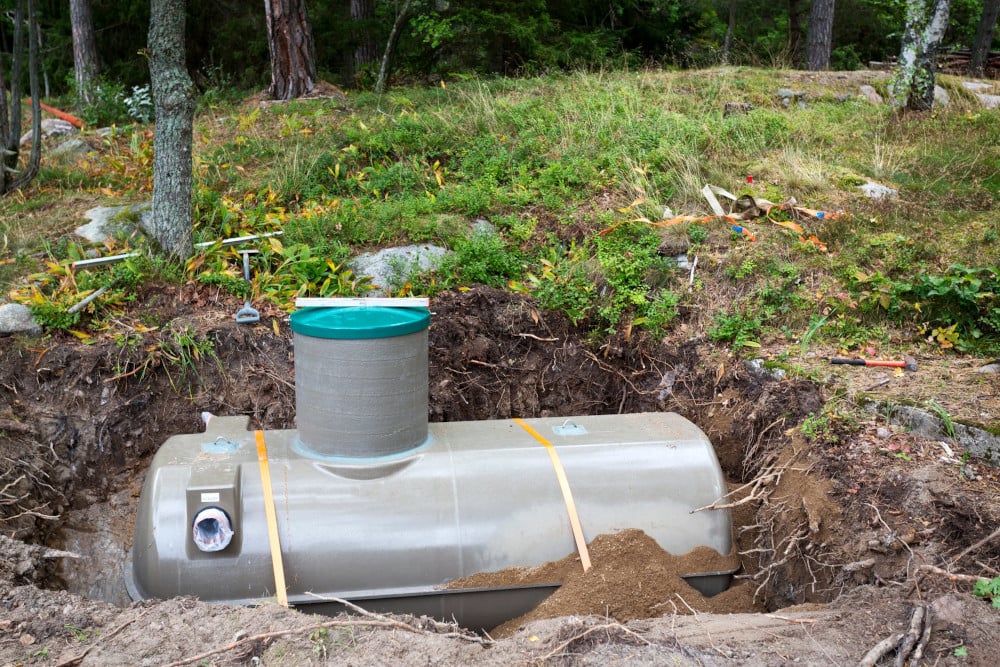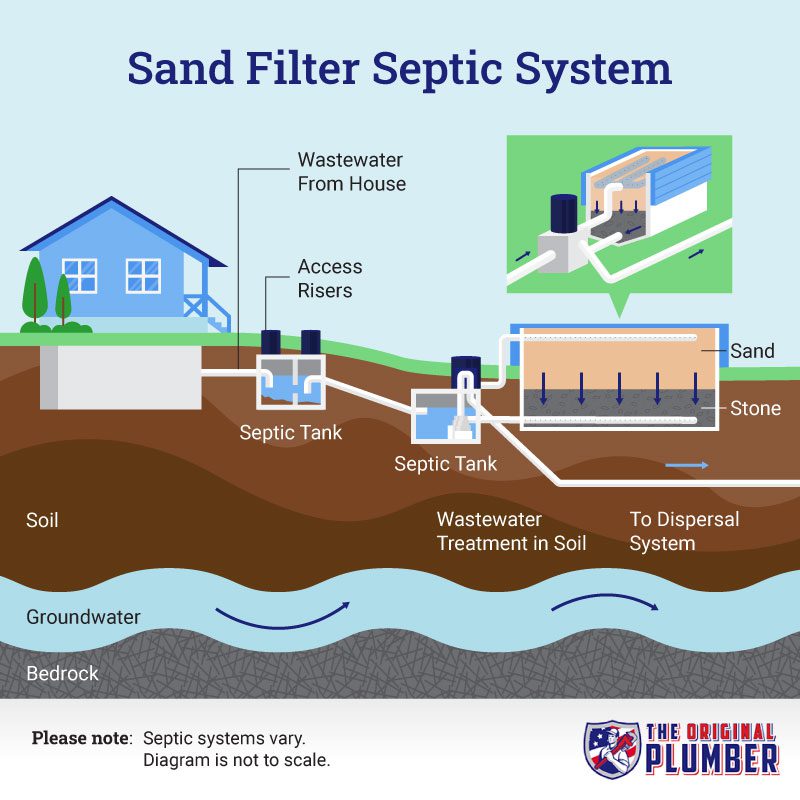Residential Septic Service: Expert Maintenance for Your Home
Wiki Article
Sewage-disposal Tank Solutions Unraveled: From Installation to Upkeep-- Your Complete Overview
Are you having a hard time to recognize the ins and outs of sewage-disposal tank services? Look no more-- this total guide will decipher every little thing for you. From setup to maintenance, we'll walk you via the procedure step by step. Discover the vital equipment needed for proper maintenance and the indications of potential issues to watch out for. Plus, we'll also share some useful DIY pointers to keep your sewage-disposal tank running efficiently. Prepare to come to be a septic system professional!Septic Container Installation Process
When mounting a sewage-disposal tank, you will need to carefully dig deep into an opening in the ground. Before you start excavating, it is critical to situate below ground utilities and obtain any type of required permits. Make use of an excavator or a backhoe to dig a hole that is wide and deep adequate to suit the dimension of your septic system. Make certain to comply with the manufacturer's guidelines for the certain dimensions.

After the base is prepared, meticulously reduced the septic system right into the opening using a crane or various other training tools. See to it to place the container appropriately according to the layout plans and neighborhood guidelines. As soon as the tank is in location, backfill the opening with soil, seeing to it to small it in layers to stop settling.
Finally, connect the inlet and electrical outlet pipes to the septic storage tank, making certain proper placement and tight seals. It is essential to follow local pipes codes and policies when linking the pipes. septic service.
Crucial Equipment for Septic Storage Tank Upkeep
One of the most crucial items of equipment is a septic container pump. A septic storage tank therapy item can be made use of to preserve the health and wellness of the microorganisms in the container. By having these essential devices, you can ensure the correct maintenance of your septic tank and extend its life expectancy.Normal Sewage-disposal Tank Pumping Set Up
To maintain the wellness and performance of your septic storage tank, it is necessary to establish a regular pumping timetable. Normal pumping helps avoid the buildup of strong waste and makes sure the correct performance of your septic tank. The regularity at which you ought to pump your septic system depends on various aspects, including the dimension of your container, the number of people in your home, and your water usage.As a basic guideline, it is advised to have your sewage-disposal tank pumped every 3 to five years. It is crucial to check your container's condition on a regular basis and adjust the pumping routine appropriately. If you notice any kind of indications of a full container, such as sluggish drains, odors, or sewer backups, it is essential to have your storage tank pumped immediately.
Along with regular pumping, proper maintenance and care are important to extend the life expectancy of your septic tank. Prevent flushing non-biodegradable things, such as baby diapers, paper towels, or oil, down the drainpipe. These can block your system and result in pricey fixings.
Indicators of Septic System Issues to Watch Out For

DIY Tips for Sewage-disposal Tank Maintenance
Take positive steps to maintain your septic system by routinely pumping it. This is a vital DIY pointer that ensures the correct performance of your septic tank. Regular pumping helps remove accumulated solids and prevents them from blocking the pipes or harming the container. The regularity of pumping relies on the dimension of your storage tank and the variety of individuals in your home. As a basic rule, it is advised to pump your septic tank every 3 to five years. If you have a smaller sized tank or a bigger family members, more frequent pumping may be needed. Another important do it yourself pointer for septic system upkeep is to be conscious of what goes down your drains. Avoid disposing of grease, oil, chemicals, and non-biodegradable items into your septic tank. These compounds can disrupt the natural organic procedure that breaks down waste in the container. Furthermore, preserve water to stop straining the system. Take care of any kind of leakages or trickles immediately and consider mounting low-flow fixtures. By following these basic DIY suggestions, you can prolong the life expectancy of your septic tank and prevent pricey fixings in the future.

Conclusion
To conclude, keeping your sewage-disposal tank is vital to avoid troubles and ensure its appropriate functioning. Normal pumping, keeping an eye out for indicators of concerns, and complying with DIY ideas can assist you keep your sewage-disposal tank in great condition. By understanding the installation process and having the essential equipment, you can make certain that your septic tank offers you well for years ahead. Bear in mind, appropriate upkeep is key to avoid pricey repair services and keep your sewage-disposal tank running efficiently.A septic container treatment product can be made use of to maintain the health and wellness of the microorganisms in the storage tank.To maintain the wellness and performance of my link your septic storage tank, it is essential to establish a normal pumping routine. The regularity at which you must pump your septic storage tank depends on various elements, including the size of your storage tank, the number of individuals in your household, and your water usage.
If you observe any indications of a full storage tank, such as sluggish drains pipes, odors, my link or sewage back-ups, it is vital to have your tank pumped quickly. - septic service
Routine pumping, seeing out for indicators of problems, and following Do it yourself pointers can assist you keep your septic storage tank in great condition.
Report this wiki page